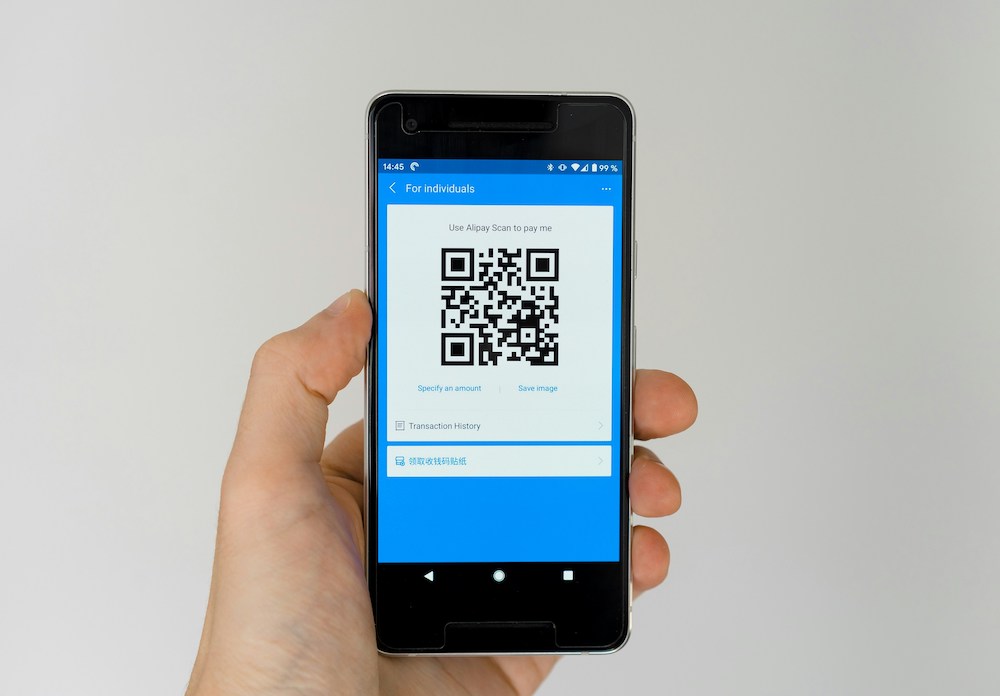In 1974, the very first UPC barcode was swiped across a scanner. For the next 50 years, UPCs served as the world’s primary product identifier, helping businesses track products as they were sold, shipped, and received. However, today’s consumer expectations have shifted dramatically from what they were in the ’70s. This has prompted the GS1—the organization which regulates product packaging codes—to announce an update: by 2027, all UPC barcodes will be replaced by 2D codes. Keep reading to learn about the upcoming 2D revolution, and what you need to do to prepare for it.
What are UPC barcodes?
A UPC, or Universal Product Code, is the standard zebra-striped code you’ve likely seen on bags of chips, packages of gum, and virtually any other consumer product you can purchase. They consist of alternating black bars and white spaces, placed above a sequence of 12 numbers. Though they are relatively simple, UPCs helped revolutionize retail and supply chain efficiency. Barcodes made it possible for businesses to track inventory automatically, meaning retailers no longer had to close up shop to count their inventory manually.Barcodes also allowed companies to study customer buying habits, helping them to identify trends and make more profitable business decisions.
What are 2D barcodes?
A 2D barcode stores information horizontally as well as vertically. This creates a square shape, rather than the traditional “bar” of the barcode. Unlike a UPC barcode, which can store up to 20 characters of information, a single 2D barcode can store up to 7,089 digits or 4296characters, including punctuation marks. Because of this, they can contain much more information, like the item’s brand name or model number, or a website URL.
The type of 2D barcode with which most people are most familiar is probably the Quick Response, or QR, code. While QR codes were in use prior to 2019, they rapidly gained worldwide popularity during the Covid-19 pandemic. You may have experienced them as a no-contact way to present menu information in restaurants. Other types of 2D bar codes include Data Matrix codes; PDF417 codes; MaxiCodes; DotCodes; and Aztec codes. The new 2D codes implemented by the GS1 are called GS1-DataMatrix codes.
How do 2D barcodes help consumers?
Since 2D barcodes can carry a lot more information than UPCs, they can help answer more questions consumers have about products. Some examples of questions a 2D barcode might help answer include:
- Does this food item contain gluten?
- What recipes can I make with this ingredient?
- Are there safety instructions or tutorials on how to use this tool?
- What are the washing instructions for this clothing item?
- Where was this product manufactured? Were its ingredients ethically sourced?
- Is there a coupon that can be applied to this product if I buy it today?
While the codes themselves aren’t large enough to contain this kind of information, they can redirect users to a website or social media page that does. Consumers can therefore benefit by accessing all kinds of information while they are still making their buying decision.
How do 2D barcodes help producers and sellers?
Sellers and manufacturers will enjoy greater advantages from 2D barcodes, too. A company using 2D codes on its products might be able to, for instance:
- Create an “on-demand discount” for foods that are about to expire.
- Educate potential buyers on the company’s sustainability efforts.
- Encourage shoppers to sign up for an email or loyalty program.
- Take its branding efforts even further by providing tips, tutorials, and recipes.
On the distribution side, 2D barcodes can help make inventory management much more accurate and efficient. They can, for instance, be used to track expiration dates, maintenance records, and wealth of other useful information.
Switching to 2D barcodes: What do I do next?
If you are a business owner or manufacturer, you are likely wondering what you need to do to prepare for the transition. Firstly, it’s important to remember not to panic. Since the GS1 has set its rollout date for 2027, you have about 4 years to prepare.
Your highest priority will be ensuring that your POS or tracking systems are able to scan and store 2D codes. If you are unsure what your system can and cannot do, you will want to take advantage of the Barcode Capabilities Test Kit which the GS1 has created. This resource will help you assess your system readiness and identify gaps that need improvement, so you can create your own unique adaptation plan. Your company will then be able to test and refine its solution until it is ready to go to market. With enough planning and preparation, your organization should be well-prepared for the 2027 rollout.
Get all your marking and coding needs at SSI Packaging
If you have any questions about the 2D barcode transition, please feel free to ask away! As a small, family-owned packaging supply company, we are always happy to provide other business owners with any information they may need to succeed in today’s competitive marketplace. Our product catalogue can also provide you with anything you need to pack, track, or ship your products, from industrial label printers to ordinary bubble wrap. Thanks for stopping by!

